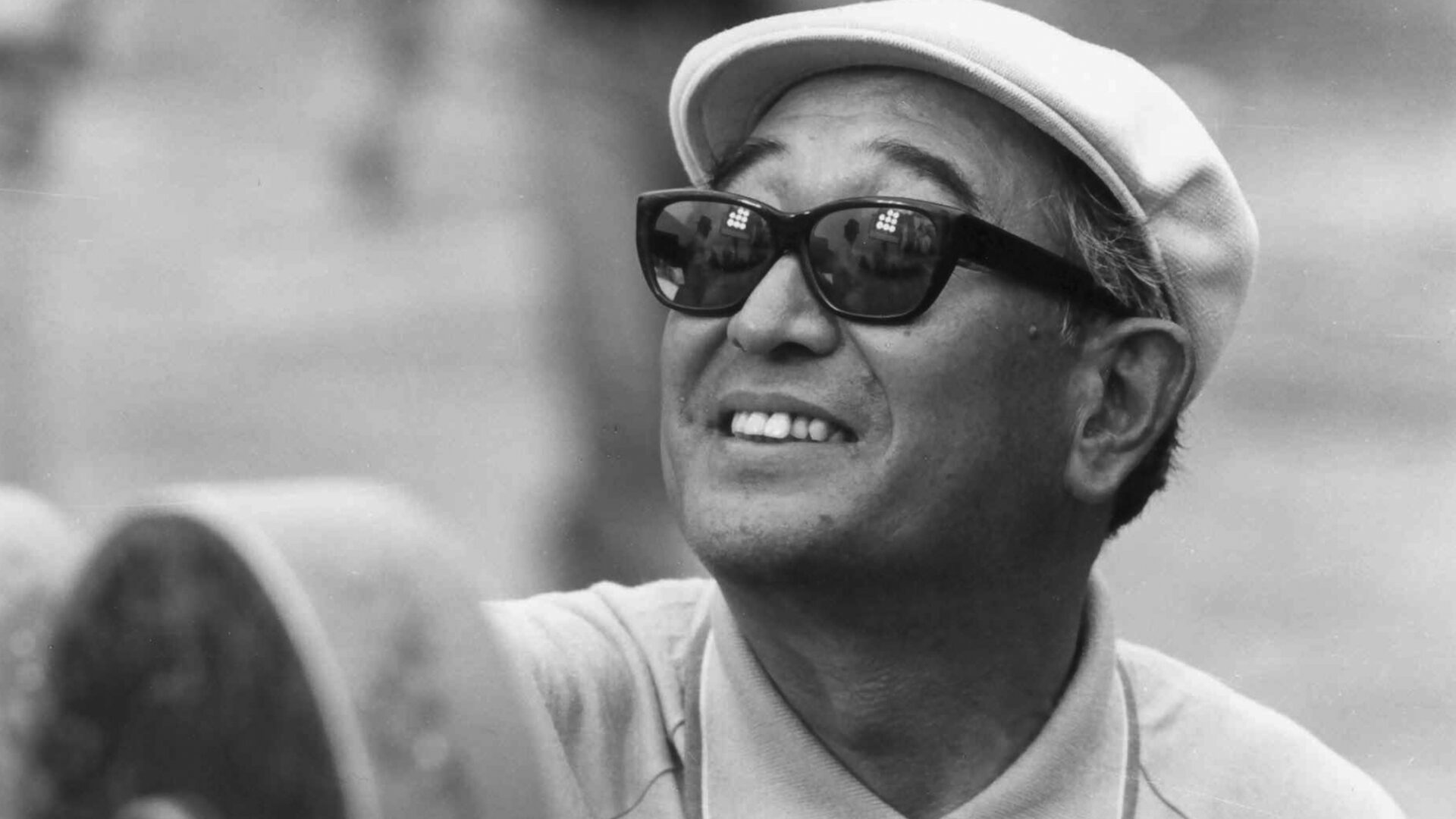September 15–November 2, 2025
Kurosawa Akira Restored
“The term ‘giant’ is used too often to describe artists. But in the case of Kurosawa Akira, we have one of the rare instances where the term fits … His influence on filmmakers throughout the entire world is so profound as to be almost incomparable.”
Martin Scorsese
The influence of Kurosawa Akira (1910–1998), one of cinema’s paramount figures, has remained outsized and evergreen some seventy-five years after Rashomon effectively introduced the West to Japanese film. While various mid-century directors have watched their cachet dwindle over the decades, Kurosawa’s has held exceptionally strong, unruffled by the shifting winds of appreciation. His name-making masterpieces of the 1950s, Seven Samurai and the aforementioned Rashomon, for instance, each fortified their standing amid the top 50 films of all time in Sight and Sound’s latest decennial poll. Seven Samurai was anointed the greatest ever foreign-language (i.e. non-English) film by balloters of a 2018 BBC poll—three other Kurosawa pictures cracked the upper 80—while Spike Lee’s 2025 transplanting of High and Low to modern-day NYC proves the storied tradition of making over Kurosawa for Western markets hasn’t lost its appeal or potential for greatness. (Among the most famous, The Magnificent Seven, A Fistful of Dollars, and, yes, Star Wars.)
Accounting for the enduring popularity of Kurosawa is a game of pie-chart percentages. How big a portion should be calculated for his unparalleled craft, his cross-cultural touchstones (Shakespeare, Dostoevsky, John Ford, Dashiell Hammet), his virtuosic reinvention of the chambara (sword fighting) genre, his legendary Mifune Toshiro collaborations—heck, the abiding high-regard for Japanese cinema, tout court?! What requires less speculation is the knowledge that, thanks to the efforts of studio Toho and distributor Janus Films, Kurosawa’s legacy is keeping pace with the times.
Following the release of a restored Seven Samurai last year (a sensation here at The Cinematheque), eight more digitally refurbished Kurosawa films are now available. Two—Stray Dog and High and Low—we cherry-picked early to coincide with our summer noir series. The six others are presented in this “Restored” program, a collection of indispensable Kurosawa classics that, with the exception of humanist drama Ikiru, all draw from the director’s iconic jidaigeki (period piece) output and feature leading man Mifune at the apex of his formidable acting prowess.
“One of the greatest directors ever to work in the cinema … Most directors have one masterpiece by which they are known. Kurosawa Akira has at least eight or nine.”
Francis Ford Coppola
“It is inconceivable to think of world cinema without Kurosawa Akira. If cinema can be likened to a massive and now aged tree, most filmmakers can be located as branches of varying sizes. Kurosawa and his work, by contrast, are part of the trunk. From his work grows all else.”
Stephen Prince, critic and author of The Warrior’s Camera: The Cinema of Akira Kurosawa
Media
List of Programmed Films
| Date | Film Title | Director(s) | Year | Country |
|---|---|---|---|---|
| 2025-Sep | Ikiru | Kurosawa Akira | 1952 | Japan |
| 2025-Sep | Throne of Blood | Kurosawa Akira | 1957 | Japan |
| 2025-Oct | Yojimbo | Kurosawa Akira | 1961 | Japan |
| 2025-Oct | Sanjuro | Kurosawa Akira | 1962 | Japan |
| 2025-Oct | Red Beard | Kurosawa Akira | 1965 | Japan |
| 2025-Oct | The Hidden Fortress | Kurosawa Akira | 1958 | Japan |
